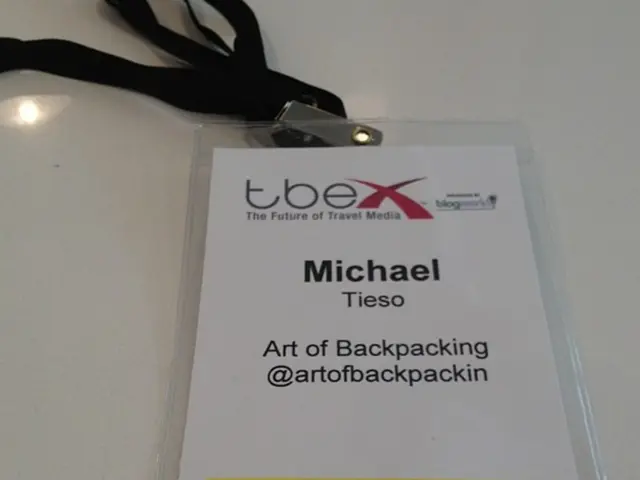Market Research Guide Comprehensive for MBA-focused Ventures
In the realm of business, understanding the market dynamics is crucial for making informed decisions. This article outlines a step-by-step guide on how to conduct quantitative market research, a valuable tool for MBA projects.
**Step 1: Define the Research Objective** The first step is to identify the specific goals of your research. Whether it's understanding consumer behavior, comparing brand perceptions, or analysing market trends, a clear objective will focus your data collection and analysis efforts.
**Step 2: Design the Research Methodology** The next step is to design the research methodology. Online surveys, polls, web statistics, and financial records are effective data collection methods. Tools like Google Forms, SurveyMonkey, Pollfish, and Google Analytics can be utilised for this purpose.
**Step 3: Collect Data** Implement your designed methodology to collect data. Ensure that your data is representative of your target market and sufficient for statistical analysis.
**Step 4: Analyse Data** Use statistical methods to analyse the collected data. Tools like Python (with Pandas and Matplotlib) or R (with dplyr and ggplot2) are effective for cleaning, processing, and visualising data. SQL can help manage large datasets, and Tableau or Power BI can create interactive dashboards for insights.
**Step 5: Interpret Results and Draw Conclusions** Interpret your findings in the context of your research objectives. Use statistical techniques to validate hypotheses or compare different scenarios. Draw conclusions that inform business decisions or strategies.
**Step 6: Present Findings** Prepare a clear and structured report presenting your methodology, results, and conclusions. Use visual aids like charts and graphs to make the data more accessible and understandable.
**Tools and Techniques** Statistical Analysis, Machine Learning, and Data Visualisation are key tools in this process. Techniques like regression analysis, hypothesis testing, clustering for segmentation, libraries such as Scikit-learn, XGBoost, and TensorFlow, and tools like Tableau or Power BI can be utilised.
**Example Application** If your project involves comparing consumer behavior between two competing brands, you could use online surveys to collect data on preferences, satisfaction levels, and purchase intent. Analyse this data using statistical methods to identify significant differences and inform marketing strategies.
By following these steps and using appropriate tools, you can conduct effective quantitative market research for your MBA project. Remember, primary research involves gathering original data directly from sources, while secondary research involves analysing existing data that has been collected by other sources. To ensure the research is up-to-date, always use the most recent data available and rely on credible and authoritative sources.
To minimise bias, ensure that survey or interview questions are neutral and select a diverse sample size that represents the target audience. The final report should include an executive summary, methodology, key findings, conclusions and recommendations, and appendices (if needed). The rationale for each recommendation should be provided, backed by the data. The first step in conducting market research is to define clear, measurable, achievable, relevant, and time-bound (SMART) research objectives. The sixth step in market research for an MBA project is to develop recommendations based on the analysis. The report should be well-organised, clear, and professional.
In the context of education-and-self-development, critical thinking and analytical skills are essential when conducting quantitative market research, particularly for MBA projects. Effective finance management and business strategy require a deep understanding of themes such as consumer behavior, brand perceptions, and market trends, all of which can be analyzed using statistical methods and tools like Python, R, Tableau, or Power BI. For instance, if one's goal is to compare themes between competing businesses, learning strategies such as regression analysis, hypothesis testing, and data visualization can provide valuable insights. Ultimately, learning these skills will empower individuals to make informed decisions and develop effective business strategies.




